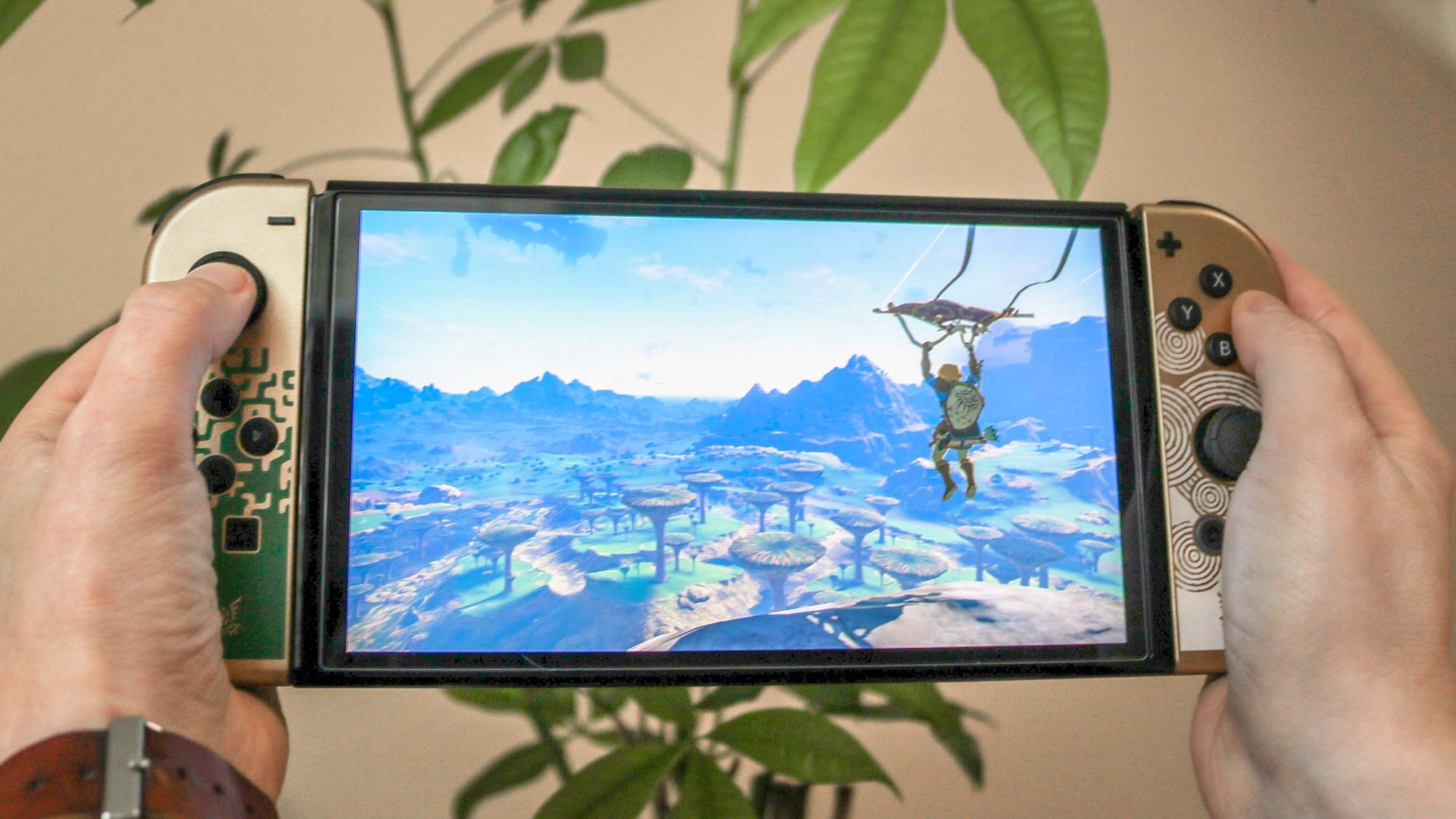
Last week I and many others literally dived back into the world of Hyrule to play The Legend of Zelda: Tears of the Kingdom and so far, the direct sequel to Breath of the Wild has impressed Zelda fans and critics alike.
Sure, the game didn’t arrive alongside the Nintendo Switch 2 like some had hoped for, but it’s a technical marvel nonetheless, especially since a game that looks like this is running on hardware that is more than six years old. Tears of the Kingdom’s cel-shaded graphics, art style and the use of AMD’s FidelityFX Super Resolution (FSR) play a big role in making the game look this good.
While Tears of the Kingdom’s graphics manage to impress even on the Switch’s aging hardware, during the time I’ve spent playing the game so far, something occurred to me. Although the graphics aren’t even close to what we’d see on the PS5, Xbox Series X or one of the best gaming PCs, it’s the game’s physics engine that has really drawn me in during my second outing in Hyrule.
Breath of the Wild also had an impressive physics engine and the game’s release marked the first time that Nintendo had implemented one in a Zelda game. However, back in 2017 when I first played the game, I was so caught up with the novelty of the Nintendo Switch that I overlooked it.
This time around while playing Tears of the Kingdom though, the game’s physics engine and the way in which you interact with the world have my complete attention. So much so that I’m starting to wonder whether physics are more important than graphics. Given that the latest Zelda game has already sold 10 million copies and counting, maybe others are having the same realization.
Realistic physics and great graphics used to go hand in hand
Games with great graphics sell well and they also sell consoles, which is incredibly important to Nintendo, Microsoft and Sony. However, there was a time not that long ago when games with excellent graphics also had realistic physics.
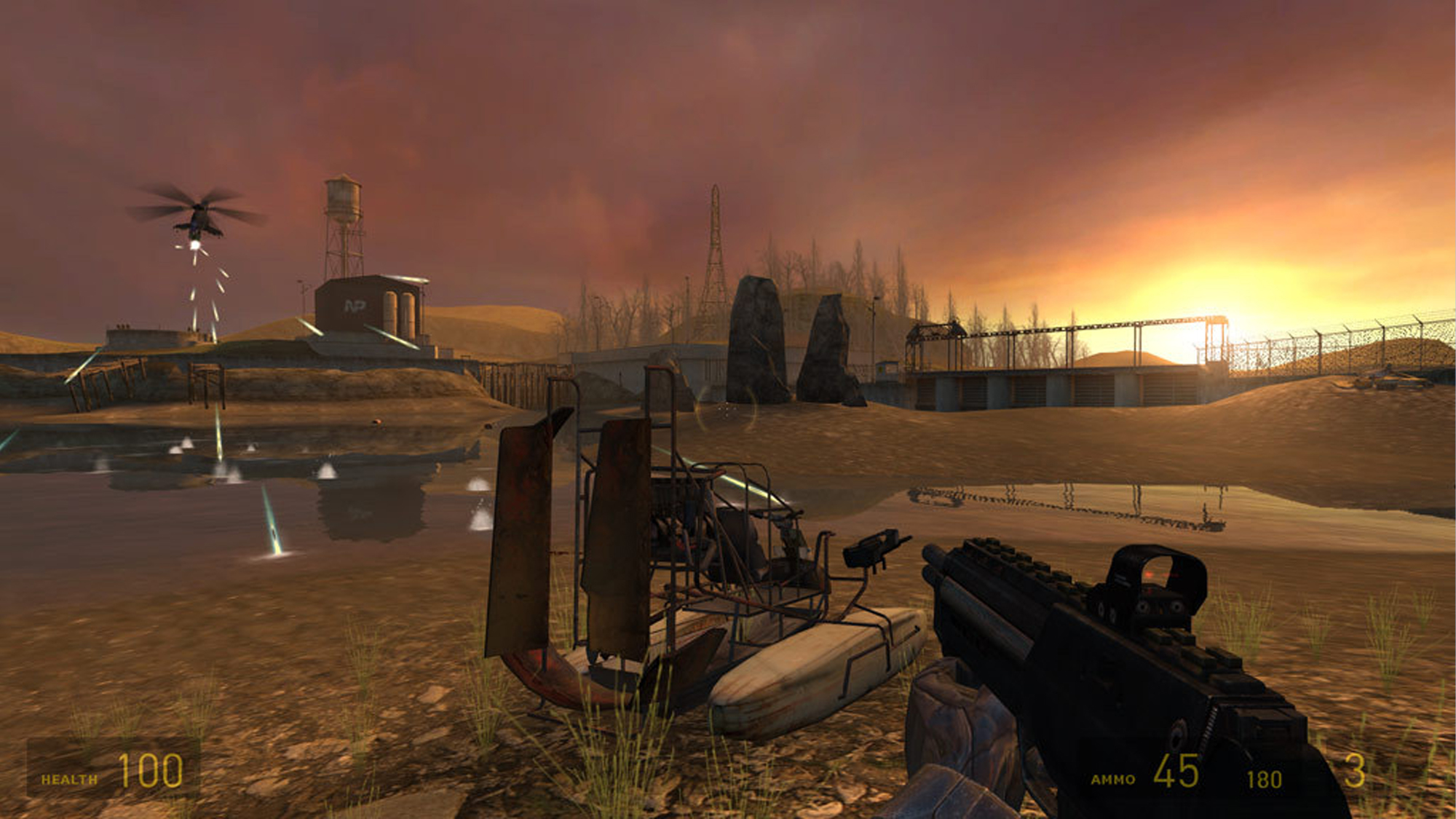
For instance, Valve’s Half-Life 2 had great-looking character models, beautiful level design and a physics engine that was incorporated into its gameplay back when it launched in 2004 as the first game on Steam.
The game’s gravity gun let players manipulate physical objects in Half-Life 2 in a similar way to how Link uses his new Ultrahand ability in Tears of the Kingdom. However, for me personally, I was really impressed with some of the physics-based puzzles you had to solve in the game’s Water Hazard level.
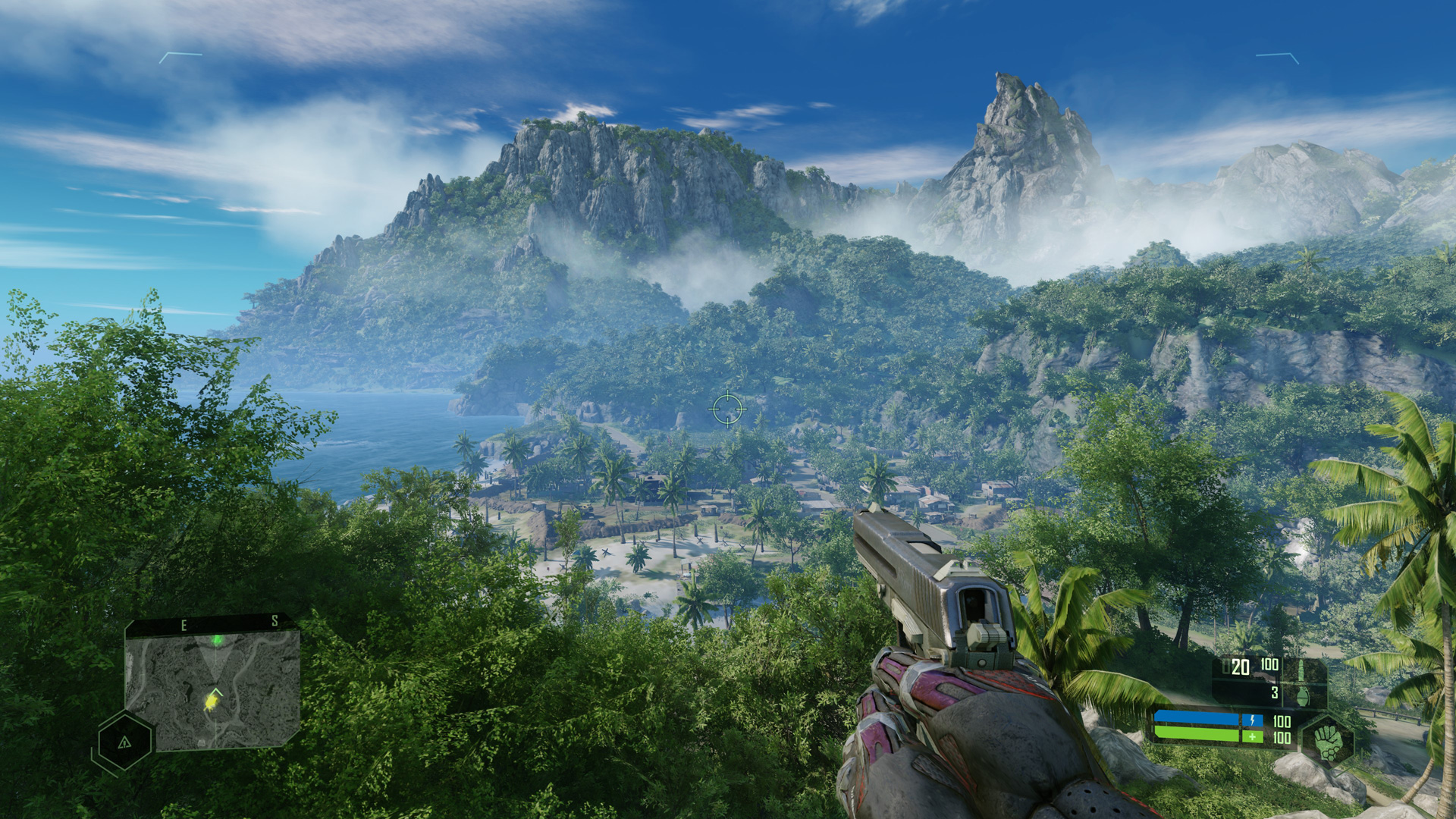
Valve continued to put physics at the center of its games with both Portal and Portal 2 but we also saw impressive use of physics in Crytek’s Crysis during that same time period. From destructible buildings and environments to trees and grass that move like they do in the real world, Crysis showed that you can improve a beautiful looking game and make it more immersive with a great physics engine.
As demand to release AAA games at a faster pace put additional pressure on developers, physics and the way in which you interact with the in-game world have taken a back seat to graphics. This makes sense as beautiful games sell, but I still wish there were more games out there that had both.
Real world solutions for in-game problems
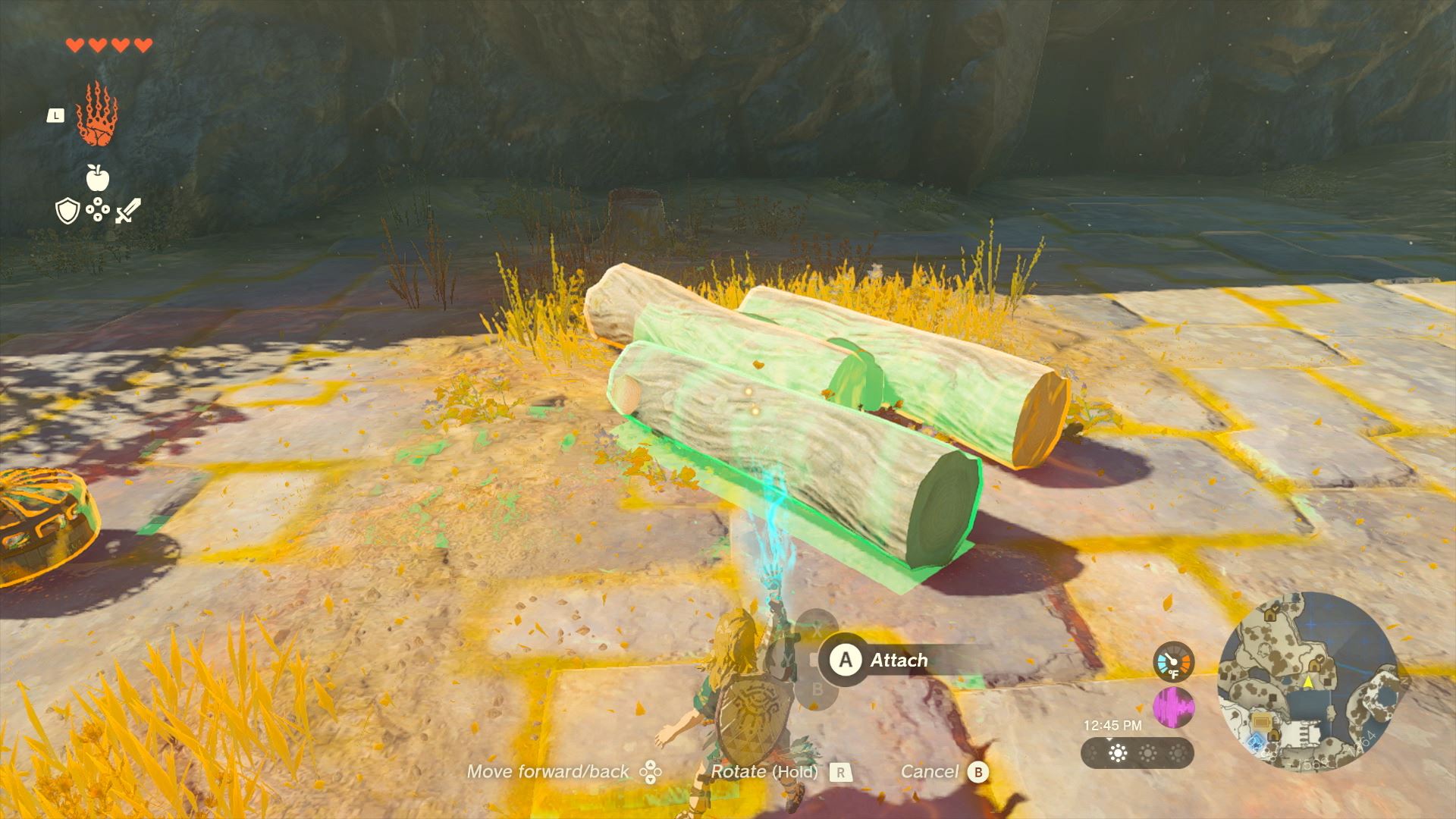
Right from the start in Tears of the Kingdom, you’re introduced to the game’s physics engine as you make your way through the game’s tutorial area, the Great Sky Island. Here you acquire all of your new abilities and use them to solve puzzles that have you make bridges, power carts and even build your first boat using Link’s recently acquired Fuse ability.
What makes overcoming these various challenges easier is that all of the in-game objects work the way they would in real life. If you assemble your boat in the wrong way — maybe with too much weight on one side — it will flip over the minute you put it in the small stream you have to cross. Solving these challenges takes a bit of trial and error but you can always fall back on your knowledge of the real world when looking for solutions to them.
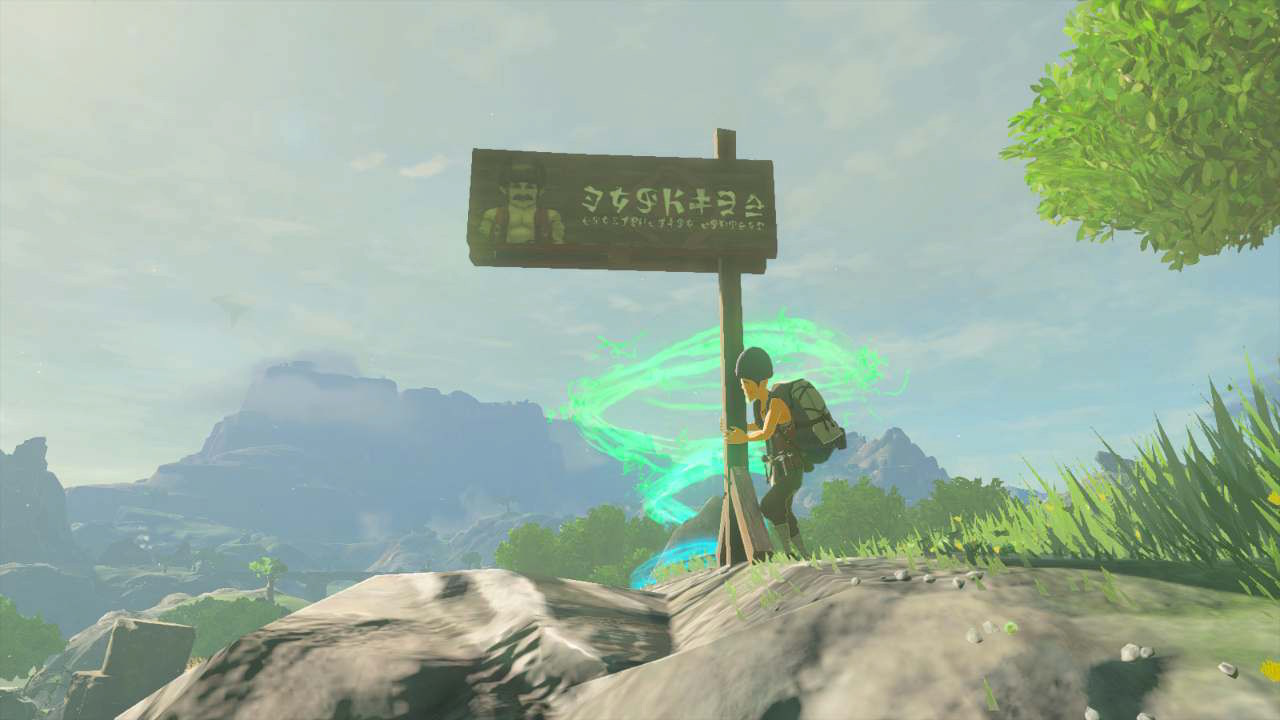
It wasn’t until I came across Addison from Hudson Construction on the way back from Hyrule Castle that the importance of Tears of the Kingdom’s physics engine really hit me. As an employee of Hudson Construction, he’s been tasked with putting up signs all over Hyrule. However, while Addison really ‘supports’ his boss both literally and figuratively, he needs help holding these signs in place while he secures them. This is where Link comes in with his Ultrahand ability.
Next to each one of these puzzles, you’ll find wood, rocks and other materials that you can use to hold up each sign so that Addison can secure them. Each one is a bit different but the process is still the same. By propping up one of these signs using Ultrahand, you can help Addison with his task.
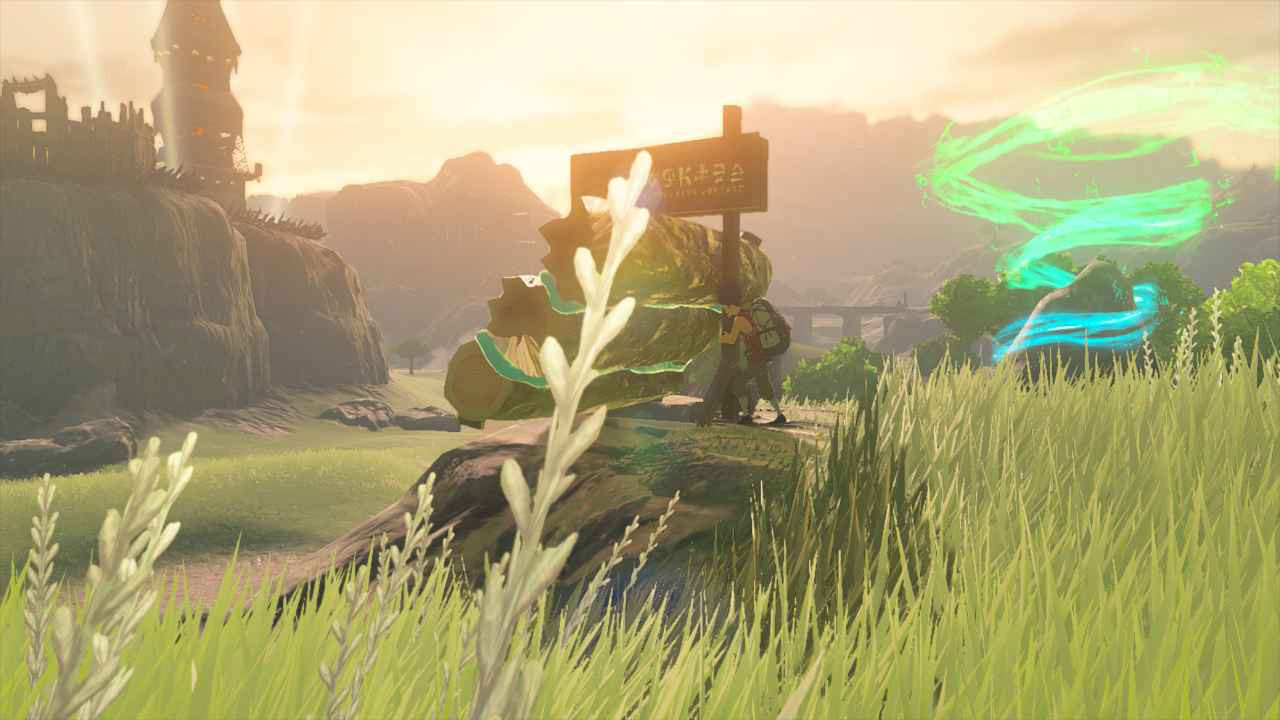
Just like the game’s many shrines, what I like about this particular sidequest is that there are several different ways to hold each sign in place. Sometimes you’ll build something particularly complicated and it will work while other times, a simple solution is the better route. Another great thing about holding up these signs is that if you tell Addison to let go and the contraption you made doesn’t do the trick, you’re not penalized and can start over.
This is just one example of how Tears of the Kingdom’s physics engine is incorporated right into its gameplay but there are countless others. By creating a world where objects work as they do in real life, Nintendo has done an excellent job sucking me into the game. When combined with Tears of the Kingdom’s explorable but still familiar map, I’ve found it hard to put the game down.
A worthy successor and the perfect send-off for the Switch
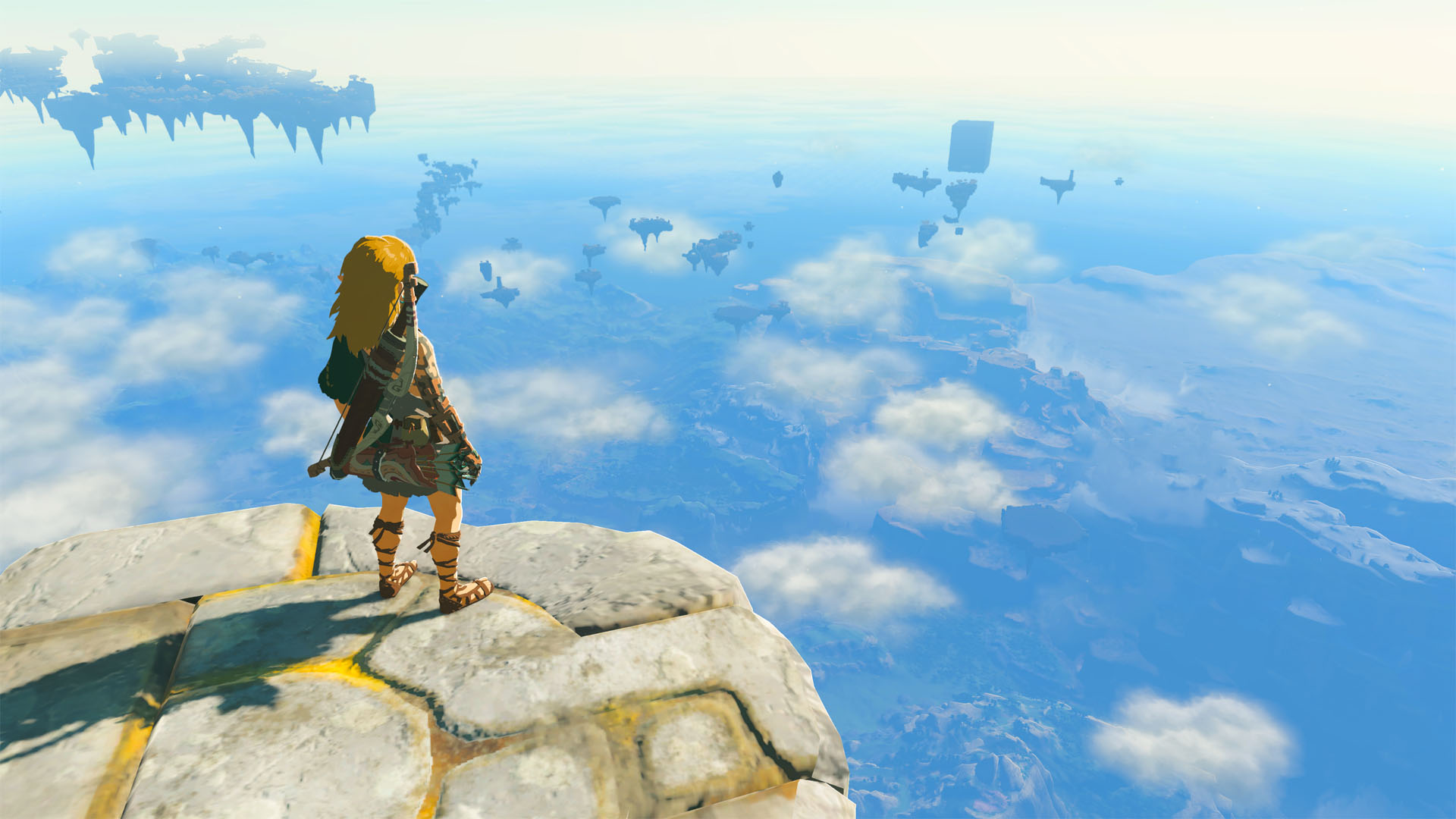
As there was a four-year gap between the announcement of Tears of the Kingdom and its release, there was quite a bit of speculation regarding what a sequel to Breath of the Wild might look like. While some were worried it would turn out to be more like DLC than a brand new game, I always had a feeling it would be quite similar to the way in which Majora’s Mask was a followup to Ocarina of Time. Although I’ve only scratched the surface of the game so far, I think I was right.
Breath of the Wild turned the Zelda franchise on its head, and with a game that ambitious, there were plenty of ideas that got left on the cutting room floor. So many in fact that Nintendo decided to use them for Tears of the Kingdom. Sure, the map may be the same as the last game, but so much has changed both in the sky and below the surface that the game stands on its own. However, revisiting locations from Breath of the Wild gives Tears of the Kingdom a familiarity that makes it very easy to dive back into the world of Hyrule.
Although there are a few big games like Metroid Prime 4 that are still in the works for the Nintendo Switch, even if Tears of the Kingdom is the console’s last game, I and many other Switch owners would likely be fine with that. Breath of the Wild managed to get players excited about Nintendo again and Tears of the Kingdom is exactly what we needed to remind us why the Switch was such a big deal in the first place. Hopefully though, other game developers will take notice and begin putting physics back at the center of their games.







